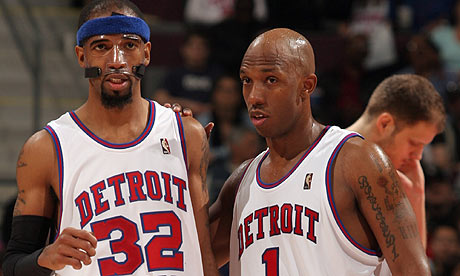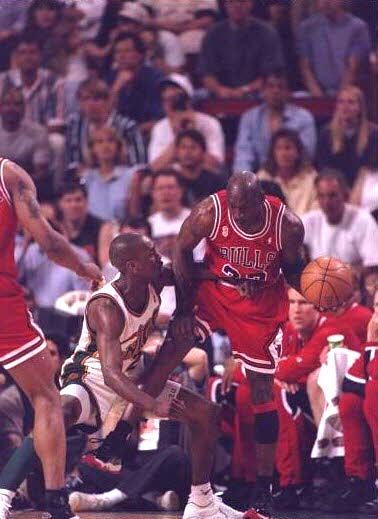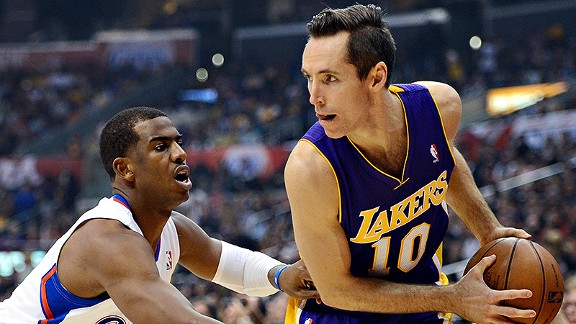yehyeh82 wrote:Hand checking didn't stop him but KJ probably would have been more prolific if they couldn't put hands on him. Just as Jordan probably would have been more efficient and Lebron would probably be less. I am not arguing as to the level of the athletes from each era or the level of defense. Things are different. You can play a zone today and you couldn't back then. But to think that allowing hand checking wouldn't affect a players effieciency or numbers is ludicrous.
But how much exactly it affects players numbers?
I think it would have a pretty substantial effect because it makes it easier to stay in front of a player. I know this from my own experience.
I don't know if you know
• Clarification added to prohibit hand-checking through “rigid enforcement” of rule allowing a defensive player to retain contact with his opponent so long as he does not impede his opponent’s progress.
So if I'm understanding that right - you can "check" player, but can't stop him with your hands. So how it could affect offensive player if he want to attack the basket?
Besides, another change, 1994:
• Hand-checking eliminated from the end line in the backcourt to the opposite foul line.
1999
• In the backcourt, there is no contact with hands and forearms by defenders. In the frontcourt, there is no contact with hands and forearms by defenders except below the free throw line extended in which case the defender may only use his forearm. In the post, neither the offensive player nor the defender is allowed to dislodge or displace a player who has legally obtained a position. Defender may not use his forearm, shoulder, hip or hand to reroute or hold-up an offensive player going from point A to point B or one who is attempting to come around a legal screen set by another offensive player. Slowing or impeding the progress of the screener by grabbing, clutching, holding “chucking” or “wrapping up” is prohibited.
2001
• No contact with either hands or forearms by defenders except in the frontcourt below the free throw line extended in which case the defender may use his forearm only.
Again - if I'm understanding that right hand checking was already prohibited in 1994 (to the FT line)? You may only put forearm below FT line (since 1999), right? So next rule change (2004) didn't change anything for penetrating (slashing) players who were attacking from top of the 3P line (or generally from above FT line)?
and finally 2004:
• New rules were introduced to curtail hand-checking, clarify blocking fouls and call defensive three seconds to open up the game.
http://www.nba.com/analysis/rules_history.html
So my question is - which of these hand checking rules change was the most important and how much does it help offensive player? What changed for perimeter players between 1994 and 2004 if they mostly attack from above the 3P line?























